These Photos From Cuba Place You in the Boxing Ring
Photojournalist and wedding photographer Rebecca Barger captures vibrant images of local streets, architecture and athletes in Havana
Starting in January, Americans were able to visit Cuba for the first time in more than 50 years, following the restoration of diplomatic ties in December 2014. The reinstatement of these ties became official with this week's announcement of Cuban and U.S. embassy openings in each country's capital. For Rebecca Barger, a Pulitzer Prize-nominated photojournalist and wedding photographer, visiting the nearby country had been a long-time goal since she first heard about Cuban immigrants risking their lives to make it to Florida by boat in the 1980s.
Barger, who previously worked as a staff photographer at The Philadelphia Inquirer for over 20 years, has traveled the world and been recognized for her work chronicling the Rwandan genocide and the centennial of the Statue of Liberty. On a recent trip to Cuba, she wandered the streets with her camera, hoping to provide a glimpse into a country that’s been closed to Americans for decades.
During her visit, Barger captured vibrant scenes of local streets and architecture as well as the grueling, intensive training of boxers at a gymnasium in Old Havana. She discusses the welcoming nature of the people she encountered, and her overall impressions of Cuba with Smithsonian.com.
What drew you to Cuba as a place you wanted to visit and photograph?
Going to developing nations you get to see how other people live their lives and how different it is from our lives. In the ’80s, I was an art student in Ft. Lauderdale and the Cubans were washing ashore in Ft. Lauderdale, literally. I couldn’t really wrap my head around, at that age, how this could all be happening. That started my entire interest with Cuba. I couldn’t even imagine going out of the country at that point, I had only been to Canada.
So it all started in Ft. Lauderdale and I was seeing all the pictures the Miami Herald photographer was taking at that time, where I was an intern. It was always on the backburner, in my mind: “I want to go to Cuba, I want to go to Cuba.”
In December [2014], they started changing the rules and it was making national news here in the United States. I had this vision of Starbucks in Cuba. And I said, “I got to get there before they do.”
I left a month later and was there for one week during the first week of February. My main goal was to go and enjoy it and shoot photos of whatever came my way. One of the things I had heard about was boxing and ballet. I am not so interested in the final production of either ballet or boxing, but I really like the preparation of it and the intensity of the preparation for those arts.
What I had envisioned was an indoor boxing gym like in the US. In Cuba, it was out in the sun, the hot Caribbean sun, all day long. They worked sun or shade—it didn’t matter.
They did all their training and sparring including where they take a sledgehammer and slam it on a tire—for a half hour.
Why were you drawn to photographing boxing in Cuba, specifically?
You can see their faces and get up real close to the athletes. There’s a poetic vision to the whole preparation of boxing. Bodies are beautiful especially when they are pushed to the limit with boxing and ballet.
What did you think of the general atmosphere of Cuba and the reaction toward American tourists?
No one ever assumed that I was American – there aren’t nearly as many American tourists there as Europeans. The Cuban people are very friendly, curious and polite. The first thing they would ask is, “Where are you from?”
They watch all the U.S. television shows, that’s really their exposure to the U.S. Internet is really tough to come by, even for their tourists. I did meet a very interesting woman whose job it was to give tours of the beautiful architecture and mausoleums in a cemetery, where many famous Cubans were buried. She spoke directly to me about how glad she was that Cubans and Americans could be friends again. She made me cry—she was just saying very simple things about how close we are, 90 miles and that we were neighbors and not friends. And she was hoping we could be come friends again.
What do you think of Cuba – now that you have visited – was it different from your expectations?
The people were different from my expectations; I was expecting a combination of Caribbean and Latin American. They are really in their own category.
They’re sheltered from the rest of the Caribbean. They were more genuine, much more friendly, and interested in conversing with me as a tourist. They all wanted to talk politics, which I didn’t get too involved with because my Spanish isn’t very good and didn’t want to say something loaded. Plus, I was interested in photographing and making friends, rather than a political agenda.
I went in looking for the beauty of a different land and I don’t have any agenda for my photography.
/https://tf-cmsv2-smithsonianmag-media.s3.amazonaws.com/accounts/headshot/profile.jpg)
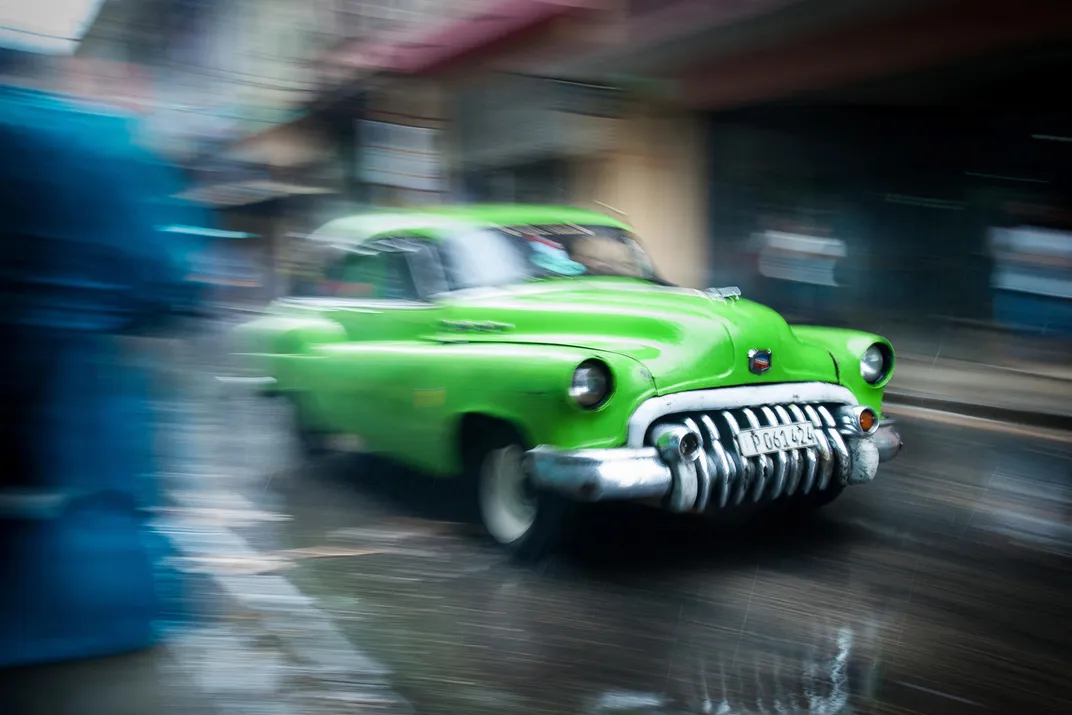
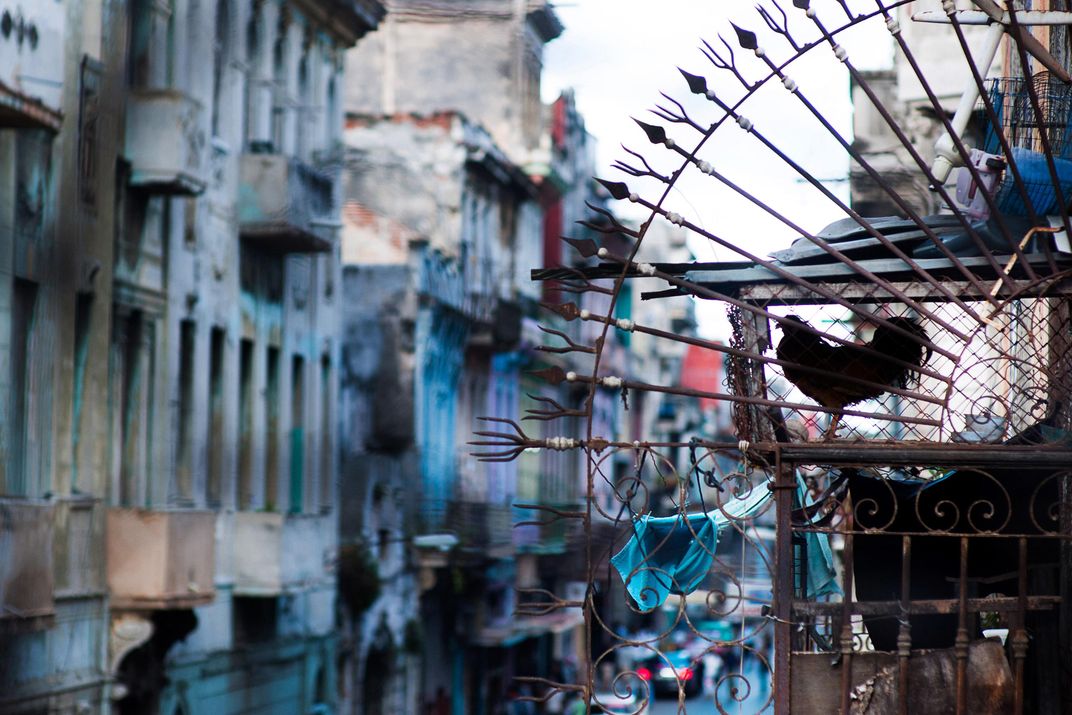
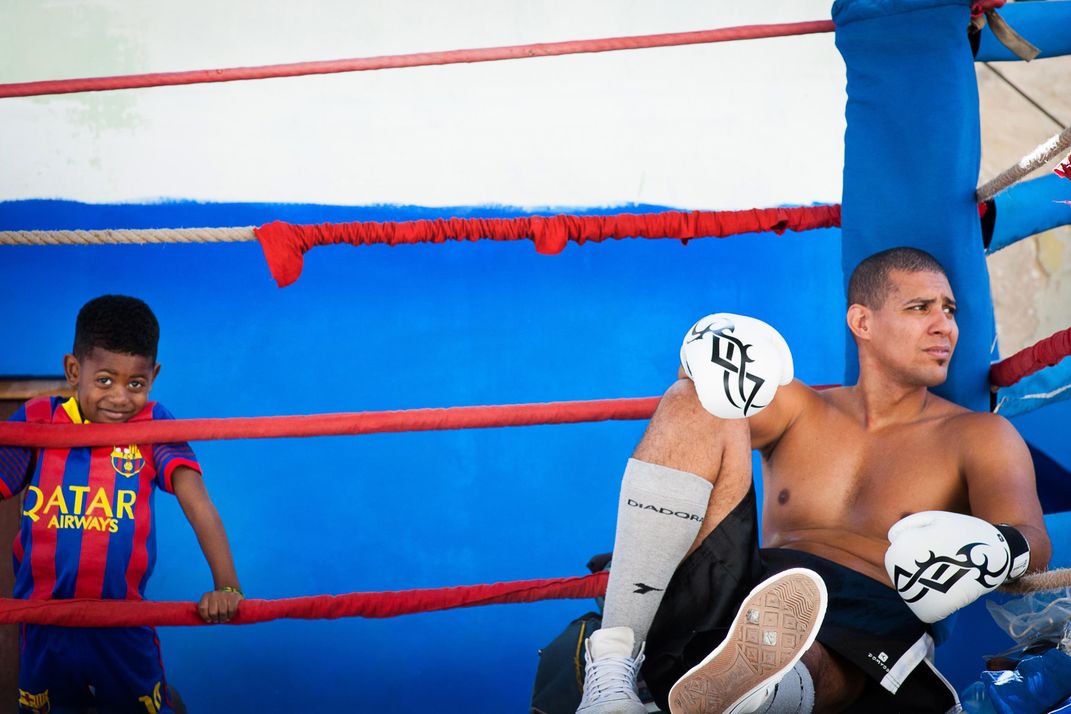
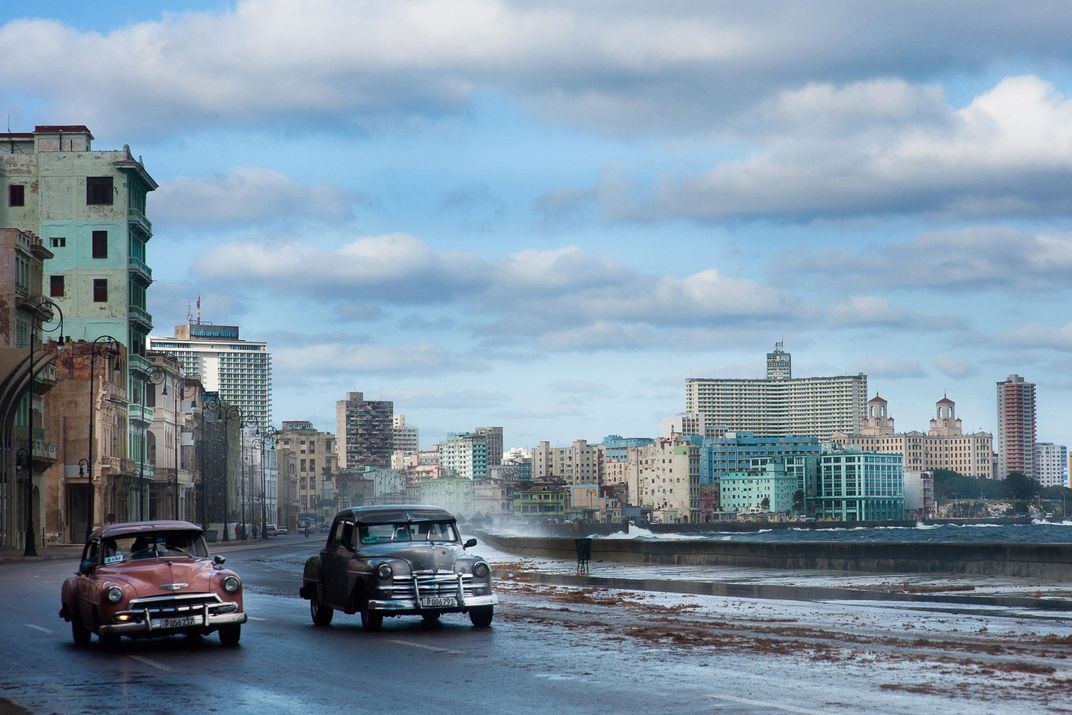
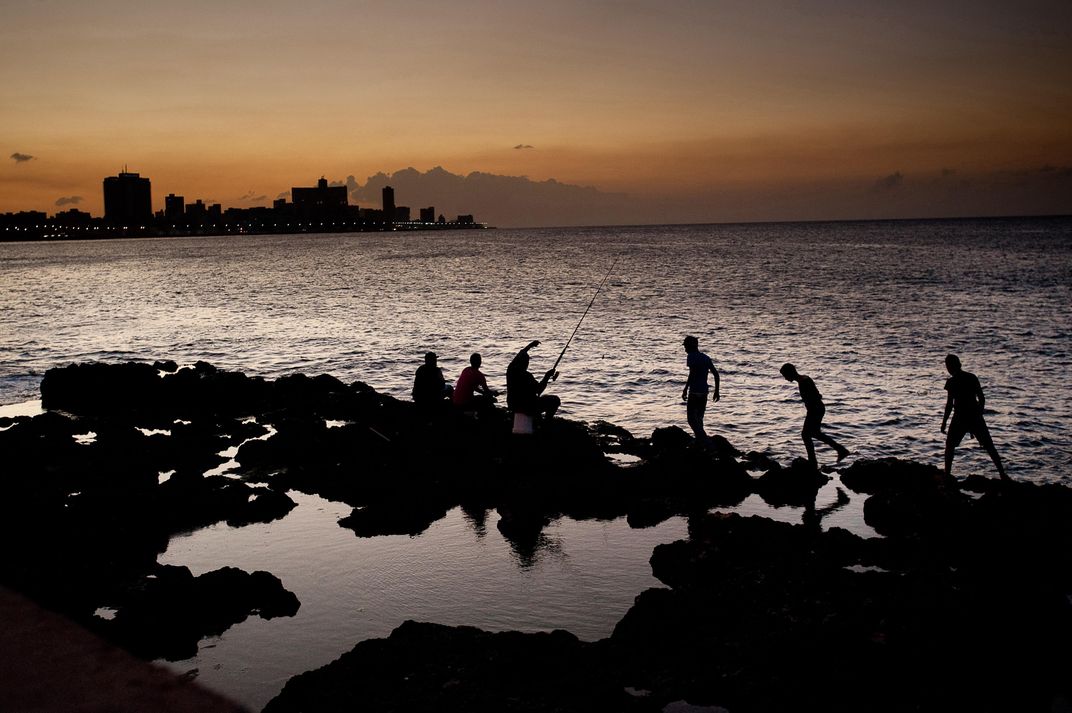
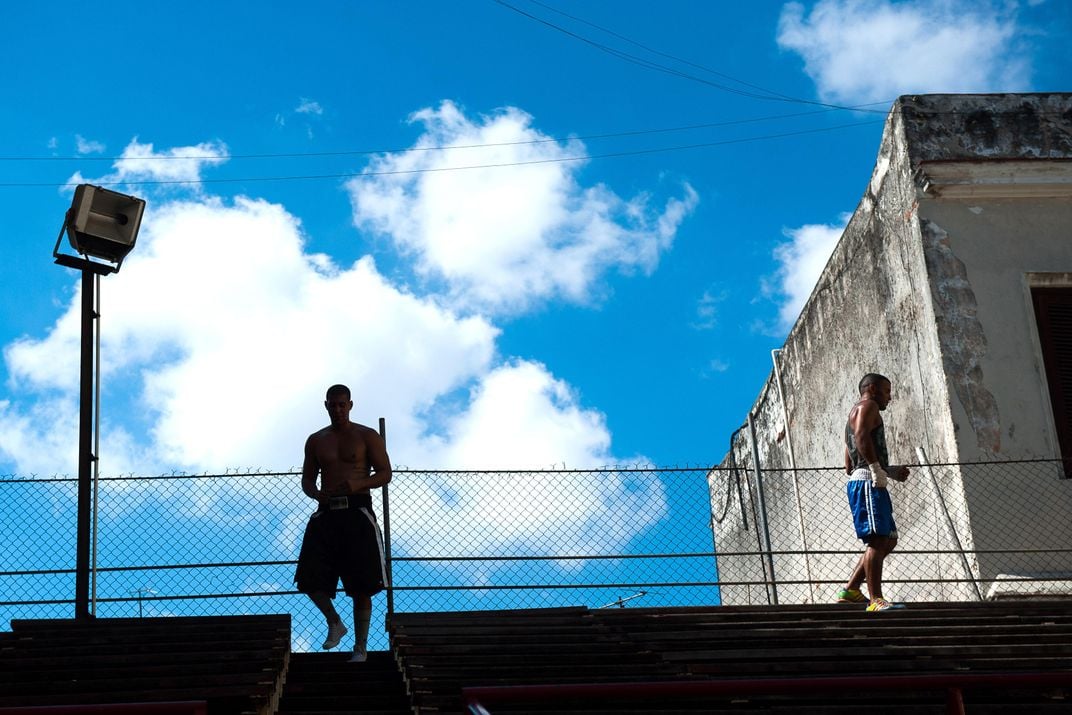
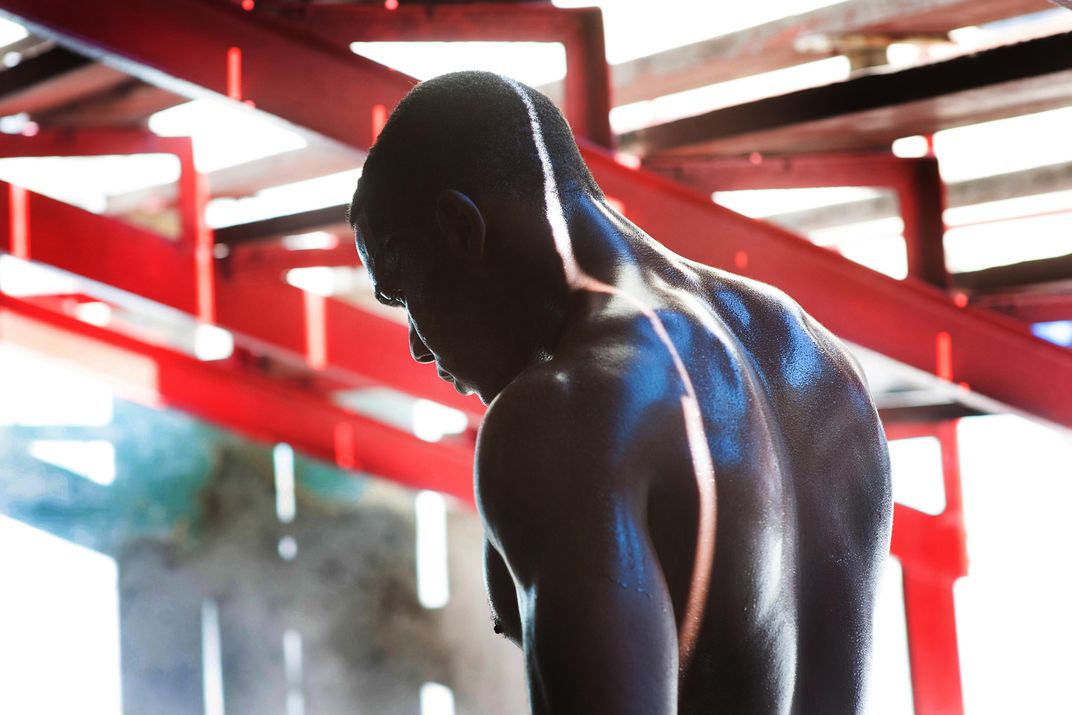
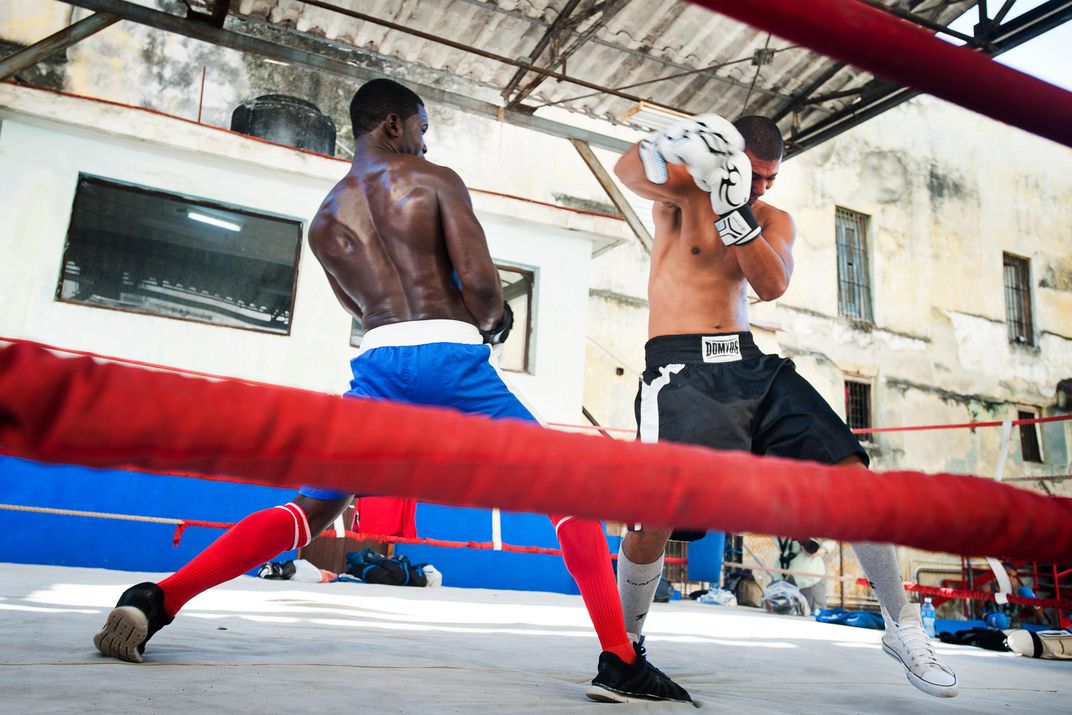
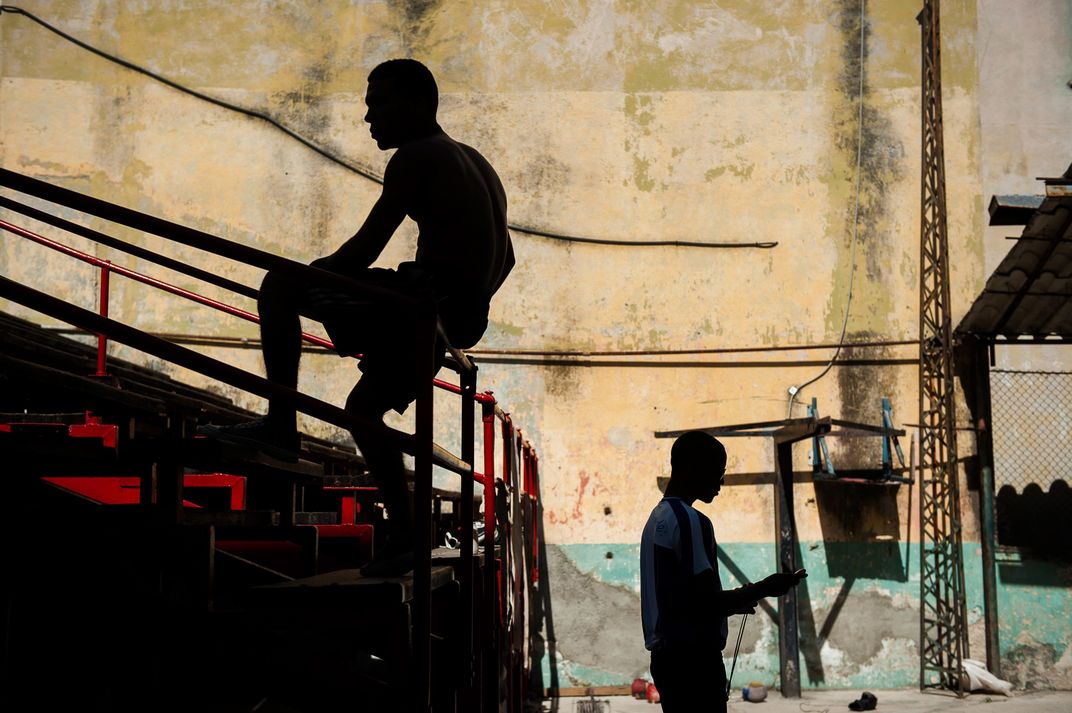
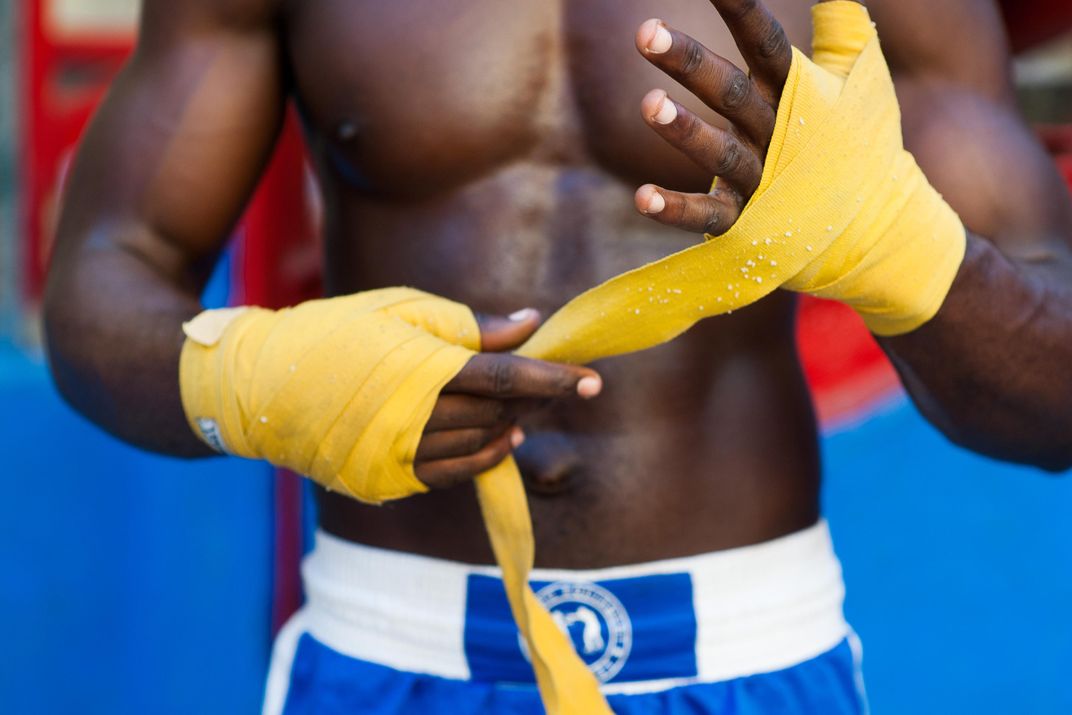

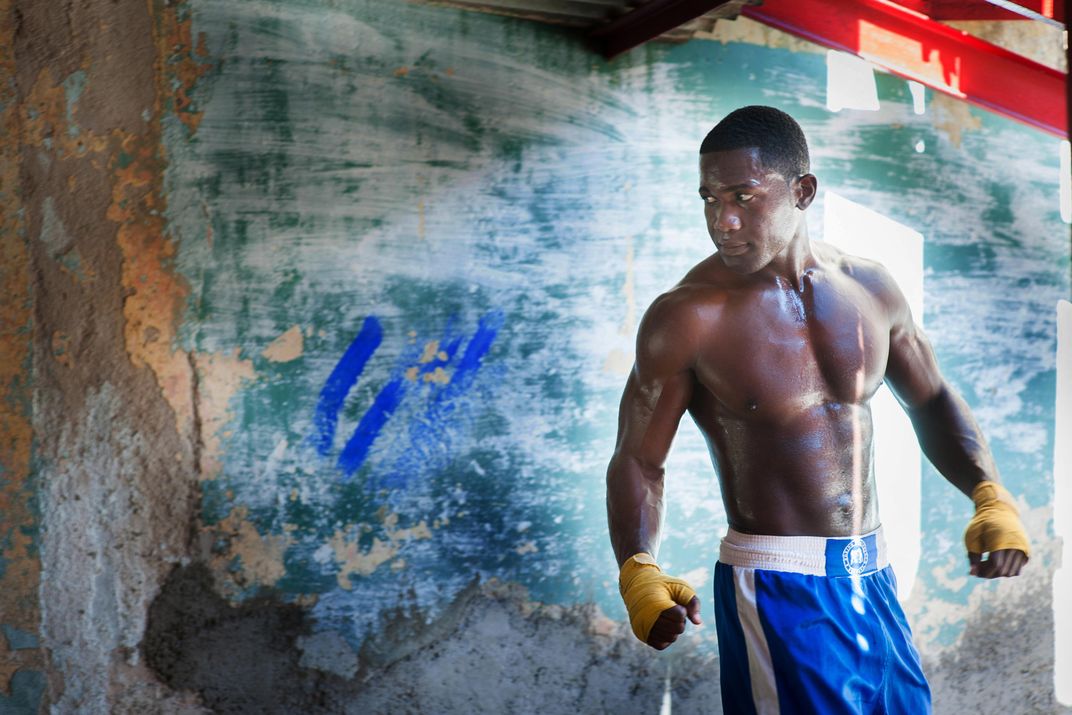
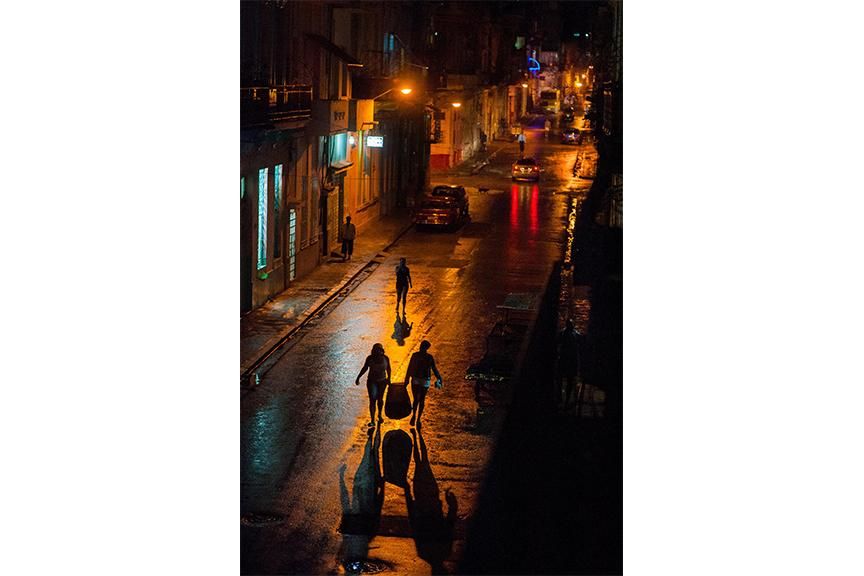
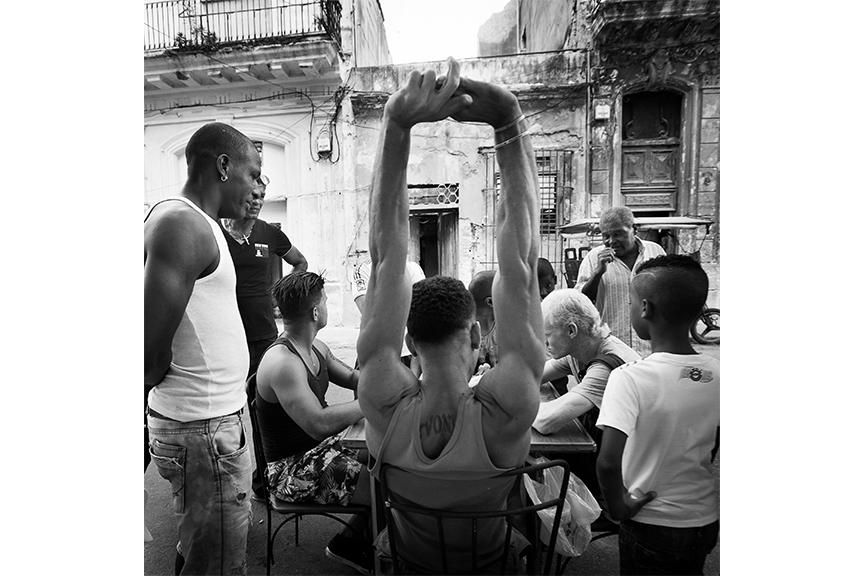
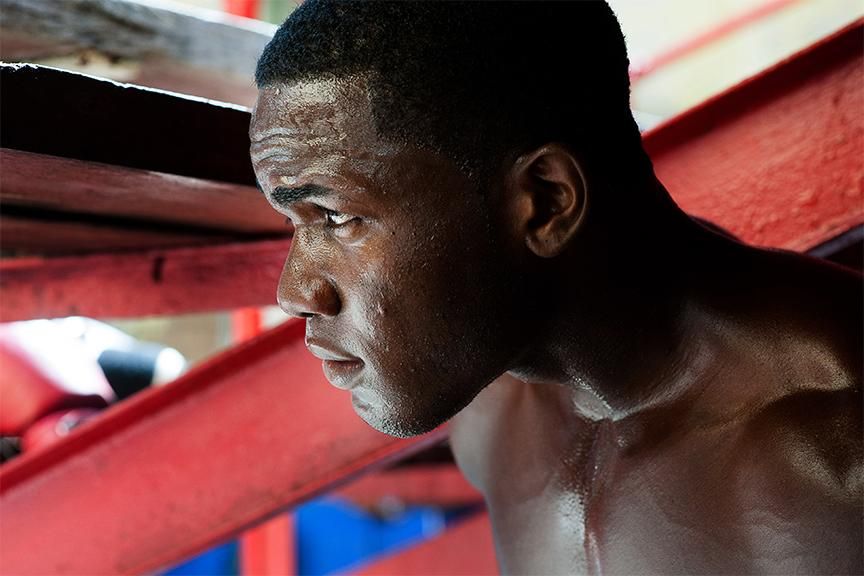
/https://tf-cmsv2-smithsonianmag-media.s3.amazonaws.com/accounts/headshot/profile.jpg)